#juana of castile
Text

Reference drawing of Juana I of Castile for the Tomb of Maximillian I by Jörg Kölderer (1522)
#peep the little pomegranate🥹#juana i of castile#juana of castile#joanna of castile#juana la loca#maximilian i#art#art history#history of art#drawing#northern renaissance art#northern renaissance#renaissance art#renaissance#renaissance history#16th century art#16th century#sixteenth century#16th century fashion#1500s#history#holy roman empire#holy roman emperor#tomb#early modern#flemish art#Flanders#netherlands#netherlandish art#austrian art
349 notes
·
View notes
Text

Commemoration of the Arrival of Queen Juana I of Castile to Tordesillas
In the year 1509, Queen Juana I of Castile, the coffin of her husband, Philip the Handsome, and her entourage stopped in Tordesillas. The queen would reside in the castle-palace of this town until her death in 1555.
This presence of Queen Juana for 46 years is one of the most important historical events that have taken place in Tordesillas, for this reason every year in the month of March the arrival of Queen Juana to this town is commemorated.

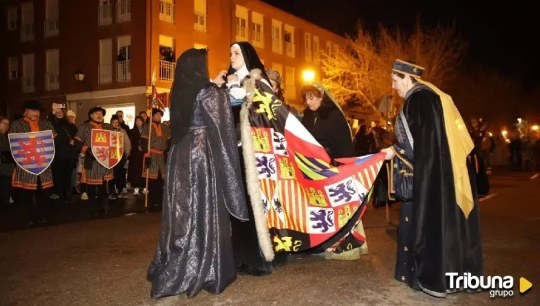
16 notes
·
View notes
Text
Thread about Joanna of Castile: Part 8.2: “A Mother's Distress: Juana's Turbulent Departure from the Castle”
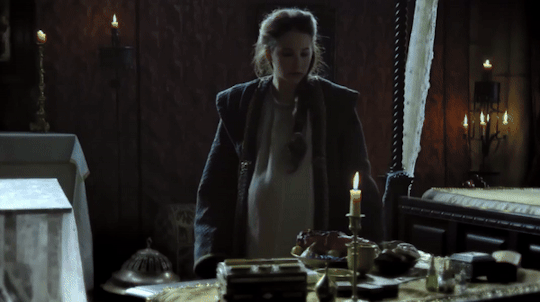



Guessing that her mother was trying every trick she could think of to
keep her, Juana abandoned pleading and talking. Instead, she staged an astonishing display of histrionic, even hysterical, behaviour, indulging in tactics she would employ for the rest of her life whenever she was thwarted or powerless. She refused to eat, to talk, or to sleep, she attempted to force a ship’s captain to prepare to sail.
On a cold November night, Juana fled, half-clad, from the castle.
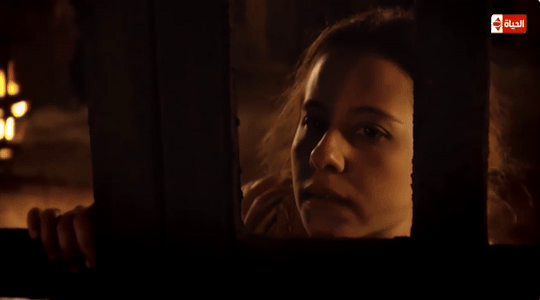


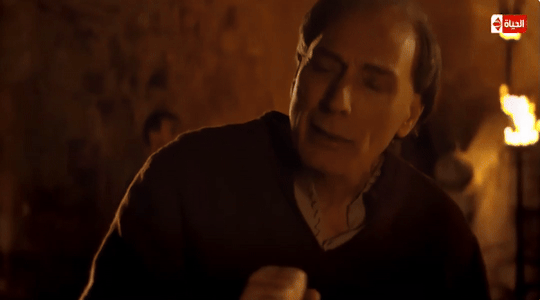


When she realised that Isabel had ordered that the gates be shut, she
“Remained in the outer precinct of the house all evening and all night and all the next day until the second hour in the humidity and night dew and without either hat or coat, during one of the coldest nights of the year so far, and not for a moment would she return to her room.”
She even threatened the bishop with death and torture for keeping her locked up.
Martire describes her prowling the outer precincts of the castle like “an African lion.”
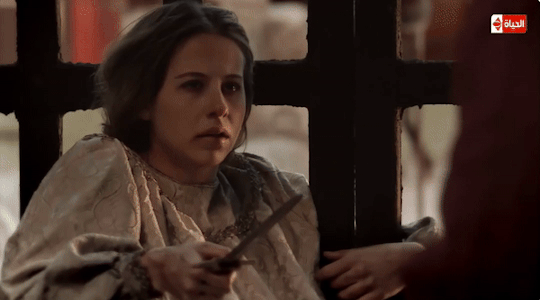

The international fair was in full swing, with the saddle and leather workers engaging in trade close to the castle walls. Concerned that Juana’s departure would cost her authority and reputation, Isabel sent a series of high-ranking emissaries, including Cisneros, in vain attempts to persuade her to return inside.

In the end, Isabel had to come in person:
“With more effort and haste, and making longer days of it than I knew was good for my health.”
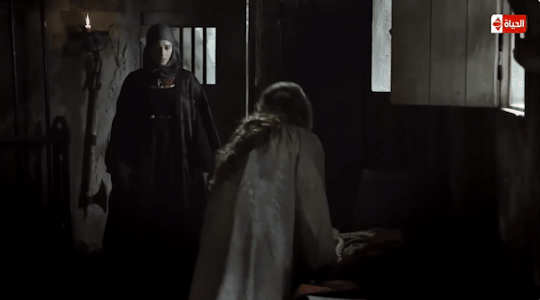
But Juana :
“Spoke to me so heatedly and with words so disrespectful and so far, beyond what a daughter should say to a mother, that had I not seen the state she was in I would not have tolerated it for a moment.”

We do not have Juana’s account. Did she, when arguing with her mother, venture into the darker territory of Isabel’s past? Might she even have referred to Isabel’s role in the descasamiento of Afonso V of Portugal and Juana (‘la Beltraneja’) of Castile when the war of the Castilian succession of 1475–1479 ended in their defeat? The heir to the throne of Castile, Enrique IV's daughter and heir, was still confined to monastic confinement in Portugal in 1503, but she would never give up her claim to the crown.
On 2 December 1503, Lope de Conchillos wrote to his uncle, Fernando's secretary, Miguel Pérez de Almazán, that Isabel was well but “very afflicted and tired” of the princess.
In March 1504, Juana was finally allowed to leave the country. In the end, her tantrums worked. The bishop of Catania, Diego Ramirez de Guzmán, was sent with her to strengthen the Spanish diplomatic presence in Brussels. Moreover, Diego Ramirez de Villaescusa, bishop of Málaga, did not accompany her.


Juana’s journey, from beginning to end, was a reversal of the first. There were no tears when she left Laredo, but Philip eagerly awaited her at Blankenburg/Blankenberge.
While Isabel wondered if she would stay as unhappy as she was while she was here, she was the talk of the Low Countries. Juana's decision to leave Castile would have big effects on her future and the kingdoms she ruled.
Sources: Fleming, G. B. (2018). Juana I: Legitimacy and Conflict in Sixteenth-Century Castile (1st ed. 2018 edition). Palgrave Macmillan.
Fox, J. (2012). Sister Queens: The Noble, Tragic Lives of Katherine of Aragon and Juana, Queen of Castile. Ballantine Books.
Gómez, M. A., Juan-Navarro, S., & Zatlin, P. (2008). Juana of Castile: History and Myth of the Mad Queen. Associated University Presse.
#joanna of castile#juana i of castile#philip the handsome#juana la loca#isabel#juana the mad#juana of castile#johanna van castilie#irene escolar#spanish monarchy#spanish princess#infanta#spain#philip de schone
8 notes
·
View notes
Note
How come Catherine de Medici loved Henri so much even though he (cheated and) significantly favoured Diane de portiers, and also slighted her at time like with the castle she wanted and he didn’t give it to her?
It is the accepted narrative that Catherine de’ Medici was obsessively in love with her husband King Henri II, despite the fact that--or perhaps because, depending on who you’re reading--he was clearly in love with Diane de Poitiers. It’s not terribly different from the stories told about Juana of Castile, daughter of Ferdinand and Isabella and heiress to Castile. She was married to Philip IV Hapsburg, duke of Burgundy, who was reportedly both very handsome and a womanizer. The stories claim that Juana was so wildly in love with her husband that, after he died from illness, she carried his corpse with him wherever she travelled, and renounced the throne of Castile out of grief and madness. In fact, she is popularly known as Juana la Loca or Juana the Mad.
This is almost certainly propaganda spread both during Juana’s lifetime and after her death. Whatever her feelings were for her husband, he repaid them by conspiring with her father King Ferdinand to dethrone Juana in favour of her young son Charles so they could collectively rule on his behalf. Similarly, much of what we know of Catherine de’ Medici’s feelings for her unfaithful husband comes from the same sources that tell us she was a poisoner and the centre of webs of intrigue and murder.
We know Catherine never remarried or showed any interest in remarrying after Henri’s shocking death in 1559, but there are plenty of reasons for that. She and Henri were married when both of them were 14 years old, and for the first ten years, Catherine was blamed for the couple’s inabiilty to conceive any children. Henri took multiple mistresses at first, but finally settled on Diane de Poitiers, who he treated with far greater respect and affection than his wife. In January 1544, after nearly eleven years of marriage, Catherine finally gave birth to the long-awaited heir to the throne. After him, she had nine more children who survived infancy, and nearly died giving birth to two more.
We also know that she adopted the image of a broken lance and the motto “lacrymae hinc, hinc dolor“ (”from this come my sorrow and tears”) after his death in a jousting accident. But it’s worth remembering that her position as Regent of France on behalf of three of her sons over the next half-century at least partly depended on her keeping up an obvious connection to the previous Valois king. How much of Catherine’s grief was real and how much was politically motivated, we honestly can’t say. But she was an extremely clever woman who spent years flying under the radar before ending up all but ruling France, so she was certainly adept at playing dangerous games.
#history#catherine de' medici#16th century#france#henri ii#diane de poitiers#juana of castile#philip iv hapsburg
28 notes
·
View notes
Text
Margaret of Austria is Shipwrecked and King Henry VII of England Writes to Her at Southampton – 1497
Probably by Pieter van Coninxloo
Diptych: Philip the Handsome and Margaret of Austria
about 1493-5
https://www.nationalgallery.org.uk/paintings/GROUP20
When King Charles VIII of France put into motion his plans to extend his power basis into Italy, he attacked Naples which belonged to the sphere of influence of King Ferdinand of Aragon. Holy Roman Emperor Maximilian I concluded an anti-French…

View On WordPress
#Burgundian history#Charles V#Duke of Burgundy#Ferdinand#Henry VII#Holy Roman Emperor#Isabella#Juan Prince of Asturias#Juana of Castile#King of Aragon#King of England#Margaret of Austria#Maximilian I#medieval history#Philip the Handsome#Queen of Castile#Spanish history#Women’s history
12 notes
·
View notes
Photo


La Reina Doña Juana la Loca (The Queen Juana the Mad) - Gabriel Maureta Aracil (detail) // Jeanne la Folle (Juana the Mad) - Louis Gallait // Back to the Ground - The Crane Wives
#juana of castile#juana la loca#juana the mad#gabriel maureta aracil#louis gallait#back to the ground#the fool in her wedding gown#the crane wives#art#art history#lyrics#lyric art#watched a video about the Habsburgs and now I'm emotional about Juana of Castile again#tw death
28 notes
·
View notes
Note
if you have time/inclination can you draw juana i please its necessary for my health. and her shitty husband too if you're feeling it

"jUanA pLEaSe" pHiLiP PLeASe shut the hell up
bonus:

#Here you go darling ive never drawn her before bc portraits before a certain time so stylised theyre TOUGH to decipher#Juana of castile#Juana i#juana la loca#joanna of castile#joanna i of castile#16th century#15th century#Btw ive always associated kate bush wuthering heights with her SIGH#Poor Girl like i dont like thinking about her story too much bc it's so deeply tragic. Not that i dont think i should but#Its just so uncomfortable in how wronged she was#Anyway Ya here she is i hope its ok i hope your health is restored anon bc im not very sure about it at all But
10 notes
·
View notes
Note
(this will be multiple asks, apologies) but I was looking at the painting of juana by juan de flandes and trying to figure out what she's wearing on her head. the closest thing it looks like to me is the golden cap or goldhaube that you see in cranach paintings (from 1520s) but its the wrong type of fabric and too early. but when i looked close, there are some very sharp black lines on the side of her face that looks like it was painted over. (1)
also on the side of her head, the shadows look a little weird and off color, like originally the red and gold cap she's wearing came further over her head, and was painted out. the shading in the painting is generally really weird--why does her dress look copper on one side? i've never seen 16th century fabric dyed like that. the lighting difference would have to be extreme, but it doesn't look so in other parts of the painting. what do you think? love your blog! (2)
Imo Juan de Flandes's painting of Infanta, might be Juana also(despite looking so young) and not Catherine of Aragon:

However I shall asume you mean Juana's portrait from Kunsthistorisches Museum in Wien, Austria:
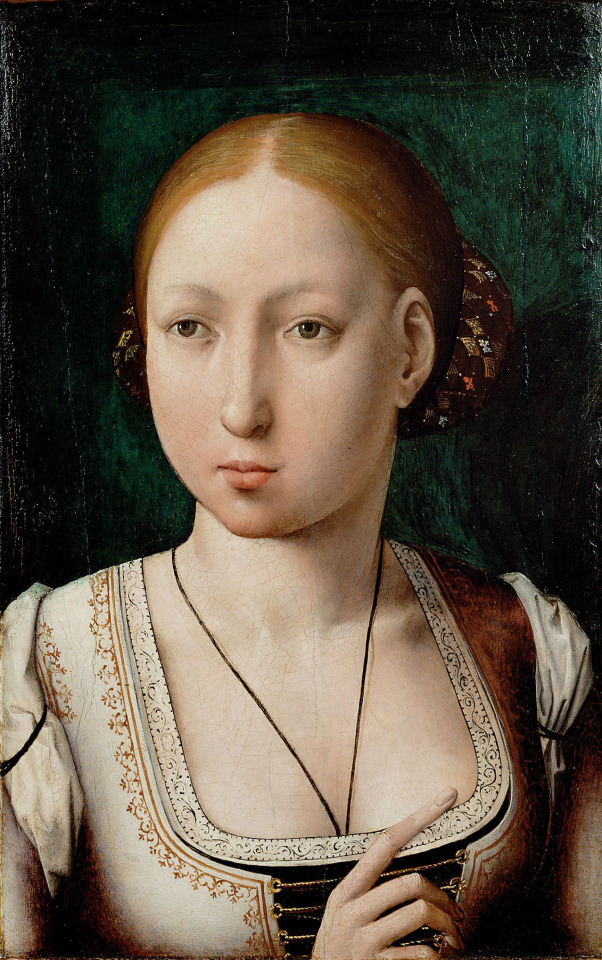
Back to your questions. I will first adress the weird discolouration of the dress.
The dress white on one side and dark on the other is indeed weird, and most likely that is due to something going serious wrong with the pigments. The light comes from left, and it is right side and armpit and under breasts where shadow and more copperish colours are. So the shadowy part turned brownish copper. So this is darkening of pigments.
As for the headwear, as those in Cranach portraits:
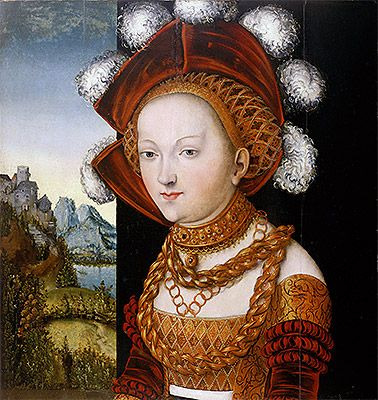
Which are of later date, as you pointed out. It is possible Juana was inspired by its predecesor, experimenting with fashion. She also might have been pregnant and dress slightly differently than normally.
However, I agree with your observations that some parts of painting look overpainted. After inspecting it closely I must conclude that such headwear was never there in first place.
If we look at Juan de Flandes' work, no matter if he chose strong or little shadowing(more used in religious paintings, but not entirely), he never got shadows wrong, and his hair were always nicely done.
So it is very unlikely he'd do so many mistakes, which we can spot in HD(most of which you pointed out):

On left(marked by grey), black line extend even above headwear, so it is not black lining of the headwear. That's alteration.
By red I marked the much darker coppery line fallowing her hair, which is also alteration.
White I used to mark too light spots in place where should only be a shadow(definitely altered) and on right by brown I marked where there should be more shadow(also alteration).
One could say that some of these were done when background was repainted and somebody accidently went over her hair and then tried to fix it. But if we compare both sides of the headwear, there is no hint on one side being closer to the light. They are exact same shade, they have been altered:

Eleanor of Austria's cofia de tranzado in portrait in same museum was painted over by somebody at same point. (I am not saiyng museum itself repainted it, but perhaps they got portraits from same collection to some idiot had access to prior.)
But had it been cofia de tranzado, Juana would have worn her hair differently(covering her ears at those days). Imo she most likely had them styled like this:

And bits of that ribbon on top of head matches roughly what was being painted over. If it was cofia at Juana's time(non imprisoned), they'd have to repaint way more than this.
Not sure what the alterations on left were. Hiding her ear? Mistake? Or possibly different angle originally revealing bit of that hair wrapped in ribbon on left side too? Idk.
If you now focus on part where more of ribbon and hair should be, there are similiar shadows, so probably altered also.

I must say nicely spotted. I have not realised this painting was altered sooner, and I will update my post about Juana's depictions.
I will delete the 2nd part because I already answered it here. It's easier this way. I hope you've enjoyed it.
6 notes
·
View notes
Text
A Question on Spanish Naming Conventions
Can someone explain to me what happened that their rulers went from an Isabel de Trastámara to Carlos Antonio Pascual Francisco Javier Juan Nepomuceno José Januario Serafín Diego de Borbón y Sajonia?
4 notes
·
View notes
Text
History Tuesday: Was “Joanna the mad” actually mad?
Juana of Castile, or also known as “Joanna the mad” or “Juana La Loca” was queen of Castile and Aragon from 1504 and 1516 respectively until her death in 1555, despite having two older siblings. She also had two younger sisters, one being Catherine of Aragon- former wife of King Henry VIII and Queen of England.
When she was just 16 in 1496, she was married to Philip the Handsome- the two going on to have 6 children together. She herself was an exceptionally smart young woman, being able to speak multiple languages such as French and latin, and was educated in a number of topics including math, philosophy, law, hunting, falconry, genealogy and music.
But unfortunately, she wasn’t given the nickname for her smarts. Sadly it was around 1504 when she was 24 years old she began to show signs of behavior issues and mental troubles. Her mother- Isabella of Castile would fall ill, leading to Juana choosing to not eat or even sleep. She would also become enraged when she was not allowed to travel to her husband fas she was dependent on him for comfort- due to a war. Later, in 1506 when her husband died, she would become incredibly irate. Its said when he was alive she was extremely jealous, and even once attacked a mistress with a pair of scissors. She would go as far as to not part with his corpse, often opening the coffin to speak to him and kiss him, even possibly lying with the body prior to his burial. At this time, she had lost her mother and husband, as well as her two older siblings and nephew. And, to top it off- she was heavily pregnant, could it been the hormones?
Historians believe the possible mental instability could be traced back to her maternal grandmother, being so ill she was sent to a convent. Juana possibly suffered from depression (even post-partum) schizophrenia, and psychosis, but its also speculated her illnesses would be extremely dramatized by those closest to her.
When her mother passed, this made her Queen of Castile. Though, Isabella would tell her husband and father to Joanna- Ferdinand II of Aragon before her passing that he could take over reign only if Joanna was deemed “unfit” to rule. To which he would try to take that from her. He would even try to conspire with Phillip though he died soon after. When her father returned to Castile in 1507 he managed to force Joanna to revoke her royal powers over Hornillos.
Even prior to Philips death he himself would spread rumors of her mental instability, which was believed even when her son- Charles became the holy roman emperor. He would have her committed to the Convent of Santa Clara in Tordesillas, and refuse her any visitors. This is where she remained until her death in 1555 at age 75.
Sources: The Madness of Juana of Castile, Queen Juana: The mad or the betrayed?, Who is Joanna the Mad?, Juana of Castile and Her Madness, Joanna of Castile: A Misunderstood Queen in Portraits
0 notes
Text
November 6
Happy Birthday Juana of Castile, Queen of Spain and Duchess of Burgundy

View On WordPress
0 notes
Text
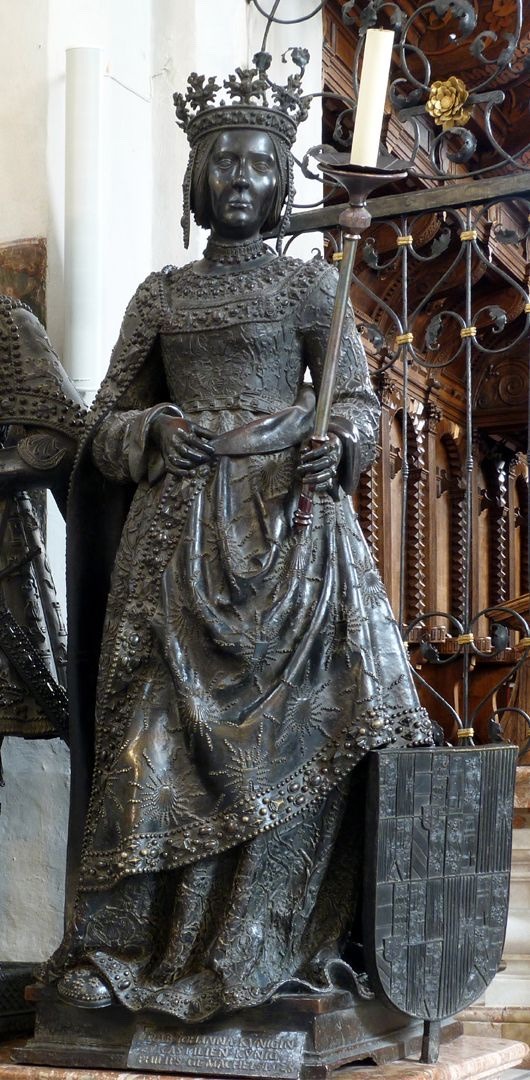

Bronze statues of Juana I of Castile and Archduchess Margaret of Austria in the Empty Tomb of Emperor Maximillian I
#juana of castile#juana i of castile#joanna of castile#Joanna I of Castile#Margaret of Austria#tomb#art#bronze sculpture#bronze statue#northern renaissance art#northern renaissance#renaissance art#renaissance#sixteenth century#16th century art#16th century#art history#history of art#maximilian i#holy roman empire#holy roman emperor
79 notes
·
View notes
Text
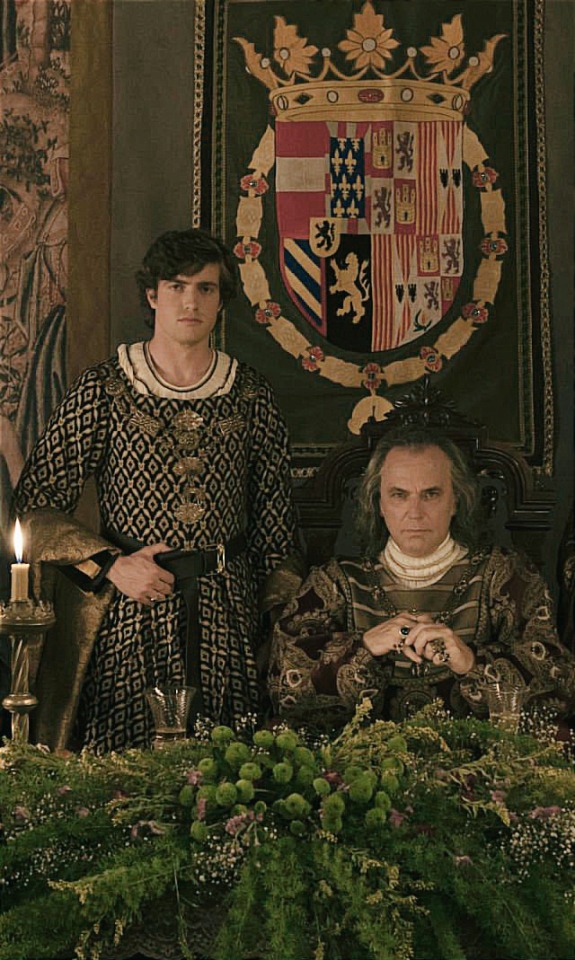

La Corona Partida 2016
Raúl Mérida as Philip The Handsome
José Coronado as Emperor Maximilian I
Irene Escolar as Juana of Castile
Úrsula Corberó as Margaret of Austria
#juana de castilla#juana of castile#philip the handsome#maximilian I#margaret of austria#la corona partida#irene escolar#raul merida#josé coronado#ursula corbero
3 notes
·
View notes
Text
Thread about Joanna of Castile: Part 8.3: "Strained Loyalties: Juana's Personal and Political Turmoil"


Juana’s decision to abandon Castile would go on to have immense repercussions for her future and for that of her kingdoms.
Prawdin thought she had made an emotional, political, even religious rupture with “all Spain.”
For Aram too,
“It was clear that Juana was willing to use her health and compromise her status to obtain what she wanted, and that was not to reign over Castile.”
Others have seen her conduct as “a symptom of madness.”
Zurita thought the incident at La Mota
“Revealed the indisposition and dementia (demencia) of the Princess, which was not formerly public knowledge.”
Ladero Quesada too has Juana “passing the threshold of dementia: while for Suárez Fernández:
“Since that stormy night of November 1503 … her parents … had not the slightest doubt that [Juana] suffered from a mental disturbance so great that it could prevent her from assuming her functions.
She regarded her marriage vows with utmost seriousness, and had also made oaths to her future kingdoms before the altars of Toledo and Zaragoza. Her subsequent insistence on safeguarding Castilian interests, as she perceived them, would ultimately jeopardize her relationship with her husband, whom she had longingly sought to reunite with.
Sources: Fleming, G. B. (2018). Juana I: Legitimacy and Conflict in Sixteenth-Century Castile (1st ed. 2018 edition). Palgrave Macmillan.
Fox, J. (2012). Sister Queens: The Noble, Tragic Lives of Katherine of Aragon and Juana, Queen of Castile. Ballantine Books.
Gómez, M. A., Juan-Navarro, S., & Zatlin, P. (2008). Juana of Castile: History and Myth of the Mad Queen. Associated University Presse.
#joanna of castile#juana i of castile#philip the handsome#juana la loca#isabel#juana the mad#juana of castile#spanish monarchy#spanish princess#infanta#european history#15th century
3 notes
·
View notes
Text
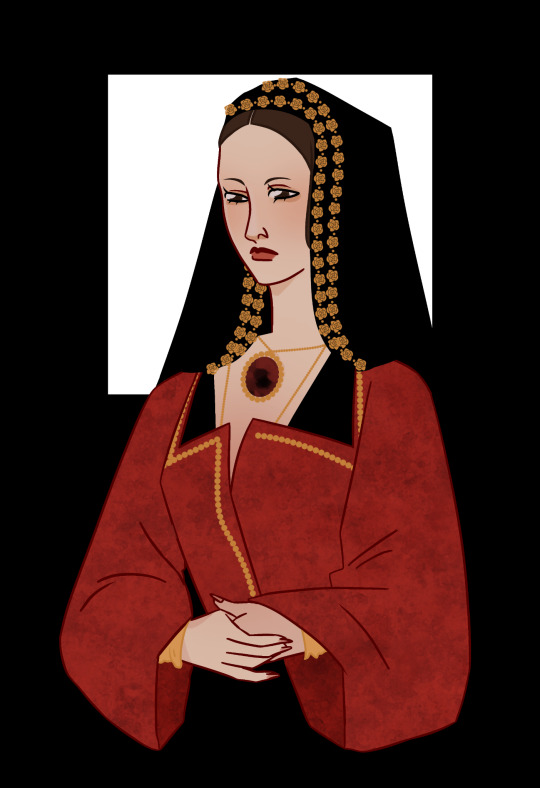
#history art#juana i of castile#art#digital illustration#taniata's art#spanish history#women in history
80 notes
·
View notes
Text
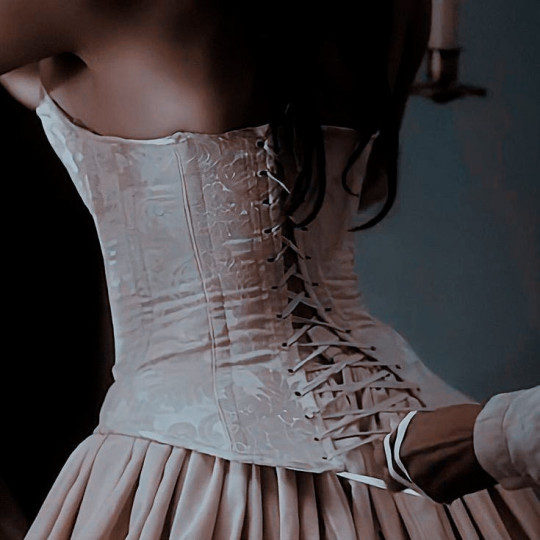




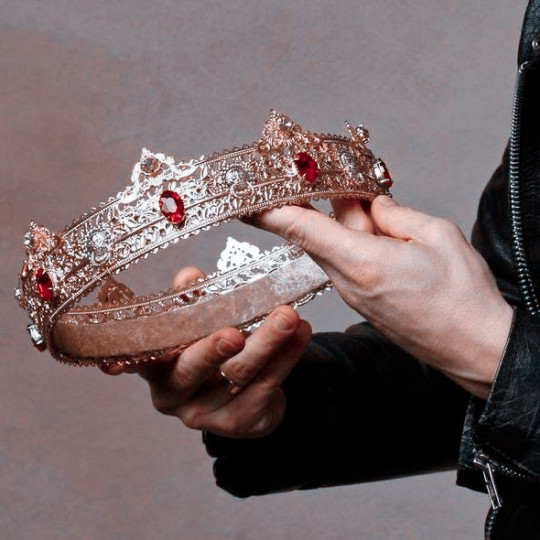

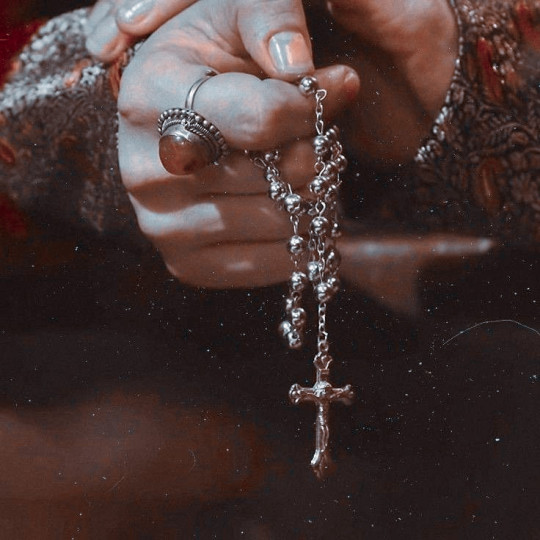
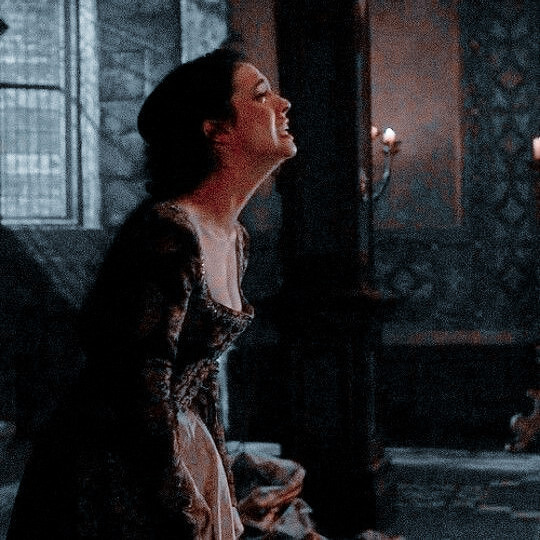
– juana i de trastámara ; infanta of spain, duchess consort of burgundy, queen of castile, aragon, valencia, mallorca, navarre, naples, sicily, sardinia and countess of barcelona was born on this day, 6th of november of 1479
#juana i de castilla#joanna of castile#juana the mad#house of trastamara#spanish history#on this day in history#weloveperiddrama#women in history#perioddramaedit#isabel tve#la corona partida#irene escolar#myedit*
56 notes
·
View notes